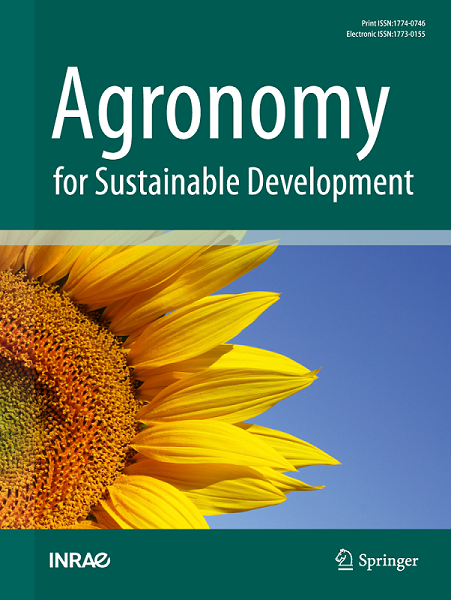Irrigated rice yield plateaus are caused by management factors in Argentina
Abstract
Over the past 15 years, Argentina has experienced a consistent stagnation in rice grain yield, diverging from the substantial annual increases observed in other South American countries. It is important to understand the causes of this stagnation to take corrective measures to increase the productivity and competitiveness of Argentine rice farmers. This research incorporates data from ten growing seasons to explore rice yield improvements through enhanced management practices. Our study aims to determine the yield potential and yield gap and to identify key factors associated with yield losses in irrigated rice fields in Argentina. Yield and management practice data from farmers were collected via a survey that included 2470 site-year observations (2010–2020). The yield potential was simulated using the Oryza model. The yield gap was calculated as the difference between the yield potential and the average yield from the field. Our findings indicated that 22% of the current yield gap is due to the sowing date, 9% is associated with the adoption of rotation/succession, and 5% is associated with the early onset of irrigation up to the V3 stage. The implementation of these practices has demonstrated the potential to reduce the current yield gap from 48% to 33%. Additionally, previous work has shown that the amounts of N and K fertilizers influence the yield gap. Rice yield stagnation is limited by both low genetic progress and farmers’ reluctance to adopt improved management practices. Hence, a 10-day shift toward early sowing in Argentina (high yield versus low yield) would result in a 510 kg ha−1 yield increase. Addressing these management issues illustrates the power of this approach for impact assessment to support policy and investment prioritization and for monitoring the impact of research and extension programs.



 求助内容:
求助内容: 应助结果提醒方式:
应助结果提醒方式:


